By Robert F. Dorr
Up front, guns chattered. Out back, in his pressurized compartment aboard a Boeing B-29 Superfortress bomber high over Japan, Andy Doty heard a warning shouted over the intercom. Doty did not know which crewmember had spoken and did not at first see the Japanese fighter that was attacking his bomber from the front. He could not because, in his tail gunner’s position, Doty was facing to the rear. “He’s coming through our formation!” a crewmember cried out. Only after the Zero crossed his line of sight would Doty actually lay eyes on it.
Moments ago, Doty had been focused on keeping his tail guns angled straight up in the air, knowing that men aboard bombers behind his were nervous if weapons were pointed their way. Now, the Mitsubishi A6M Zero fighter tore through the swarm of B-29s, rushing from front to back. When it crossed his line of sight, Doty pointed his guns at it. Everyone was shooting now. Doty caught a glimpse of the Japanese pilot’s face turned toward him. Doty fired; the Zero flashed past. Doty fired again. Now, the Zero was shedding pieces, passing through a rain of flying shell casings.
That was how the war began for the tail gunner of a B-29 high over Japan. It was his first mission.
Men like Andy Doty—American aerial gunners—wonder today if their war has been overlooked. The United States manufactured 35,000 four-engine heavy bombers during World War II and lost 10,000 of them in combat, each typically with a 10-man crew of whom about seven were gunners. There were another 10,000 medium bombers. The Army Air Forces, or AAF, lost 55,000 men killed in combat during the war, or about 40 percent more than the entire Marine Corps—and most were gunners.
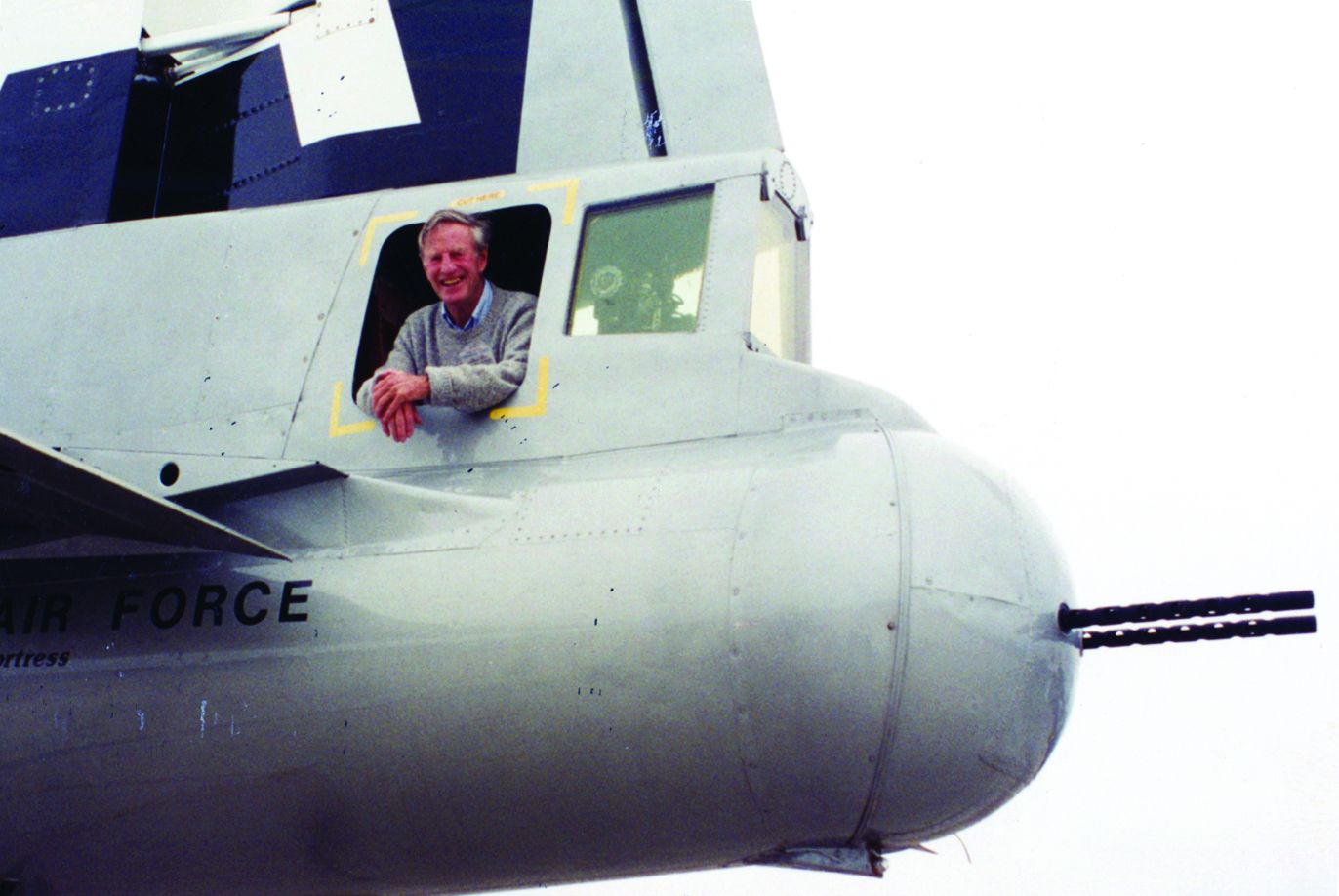
To meet its constant demand for gunners, the AAF ramped up production of gunnery school graduates to a rate of 3,200 per week, or 166,400 per year. By September 1944, AAF Training Command had turned out 227,827 new gunners.
For many of these men, the ultimate weapon was the Browning M2, or “Ma Deuce” heavy .50-caliber (12.7mm), belt-fed, recoil-operated, air-cooled machine gun that could tear through the skin of an enemy aircraft and chop it apart. “That gun was every bit as sturdy as it looked,” said Doty. “It didn’t jam, and it didn’t break. You could mow down anything with it.”
Some aerial gunners operated smaller .30-caliber guns, although not on the B-29. Some tail gunners on the B-29 had a 20mm cannon in addition to the “Ma Deuce.” But the M2, five feet, five inches in length, with a rate of fire of 550 rounds per minute, was the gold standard for gunners. It was first fielded in 1919 and also used by ground forces. Neither Doty nor his buddies could guess that the M2 would still be in use with U.S. forces in the 21st century—the longest serving military gun in history.
“Beside the tent peg, or possibly the mess kit, I can think of no other piece of equipment that has served (and continues to serve) virtually unchanged after nearly 100 years of service,” said one aerial gunner.
Doty remembers an instructor cautioning him about the M2. “It can fire 12 to 14 rounds a second, maximum,” the sergeant said. “But that will burn out the gun barrel fast if you keep it up for long. So don’t ever do it. Instead, we rapid-fire 40 rounds per minute, in bursts of six to nine rounds, at five- to ten-second intervals to save the barrel.”
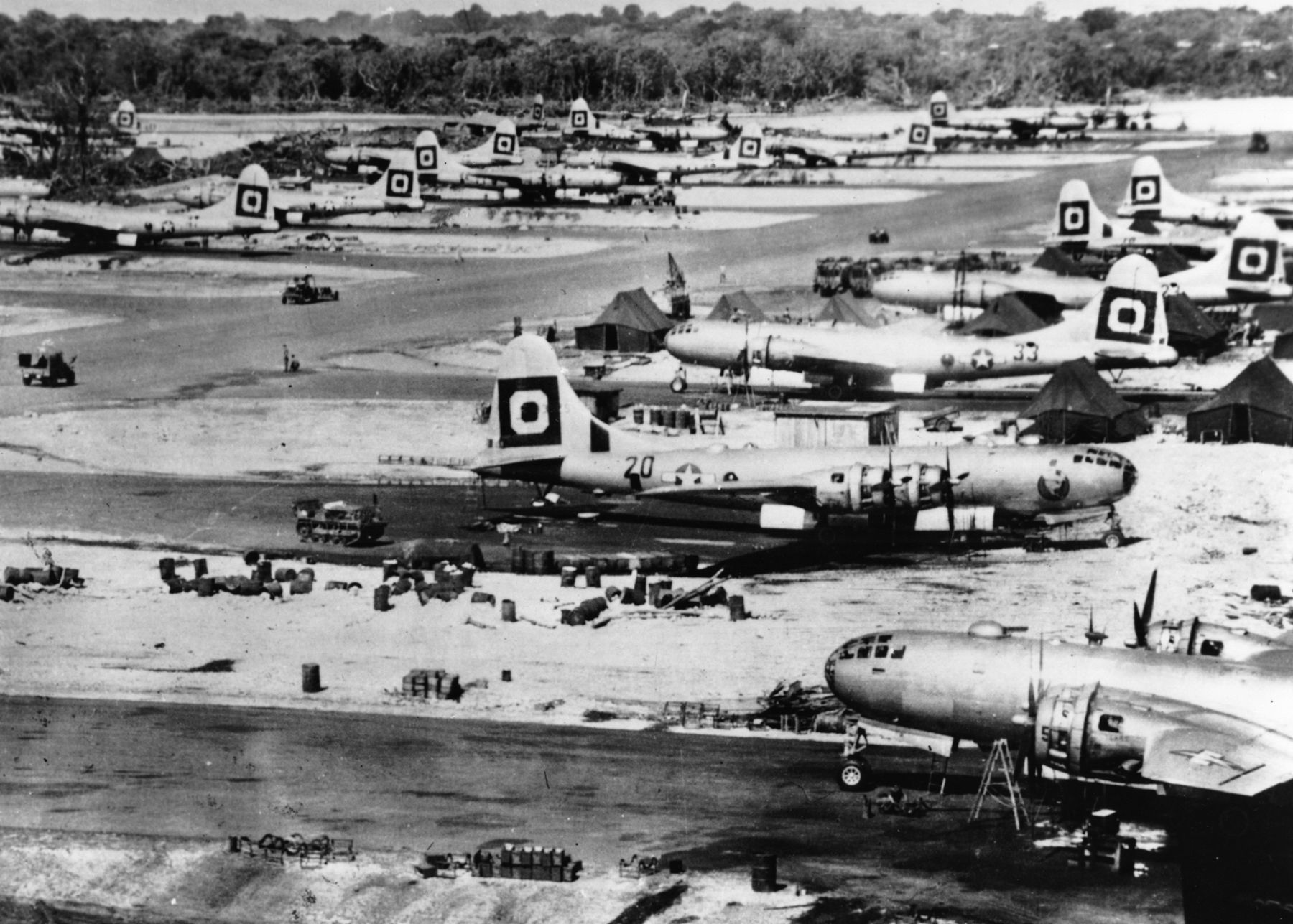
Doty’s aircraft, although initially plagued with technical troubles, became a triumph of the American industrial heartland. A four-engine, mid-wing bomber classified as “very heavy,” with a crew of 11, the B-29 Superfortress was powered by proven 2,200-hp Wright R-3350 Duplex Cyclone 18, twin-row turbocharged radial piston engines. The wing of the B-29 spanned 141 feet, 3 inches (43.05 meters). It was an innovative design, a long and narrow, high-aspect ratio wing equipped with large Fowler-type flaps. The unusual shape and configuration of the wing enabled the B-29 to fly very fast at high altitudes while handling well during the slower speeds required for landing and takeoff. Boeing liked to advertise that at almost 27 feet, 7 inches (9.02 meters), the slab-like vertical tail of the Superfortress was as tall as a three-story house. Most importantly, the B-29 was pressurized.
Doty acknowledges that his B-29 tail gun perch was cool and comfortable in contrast to aerial gunners in Europe aboard B-17 Flying Fortresses and B-24 Liberators. They “wore oxygen masks in the bitter cold for hours on end, fighting off dozens of aggressive attacks, being killed or wounded with bombers exploding and falling in flames around them.”
Doty also acknowledges that, as a B-29 gunner late in the conflict, he had things easier than some aerial gunners. Although his group and squadron suffered losses—five B-29s on his first mission—he never witnessed a B-29 falling from the sky. Although he fired at Japanese fighters, he also flew missions without seeing any.
Born in 1925, Doty typified many Americans by fighting in World War II as a “citizen soldier.” He grew up in Hudson Falls, N.Y. He received an induction notice from his draft board in January 1944. He took gunnery training at an airfield in Harlingen, Texas, where he first fired the formidable M2. Further training and an introduction to the B-29 followed in Fairmont, Nebraska.
Doty’s first look at the tail gunner’s compartment was unforgettable. In the rear fuselage of a B-29, he recalled, “I walked ahead for 15 feet, hunched down to move farther as the fuselage narrowed, then dropped to my knees to crawl the remaining distance on the wooden walkway. On either side were long, narrow metal boxes that held coiled belts of ammunition. The belts rolled along tracks that ran beneath the pressurized tail compartment and into the gun turret.
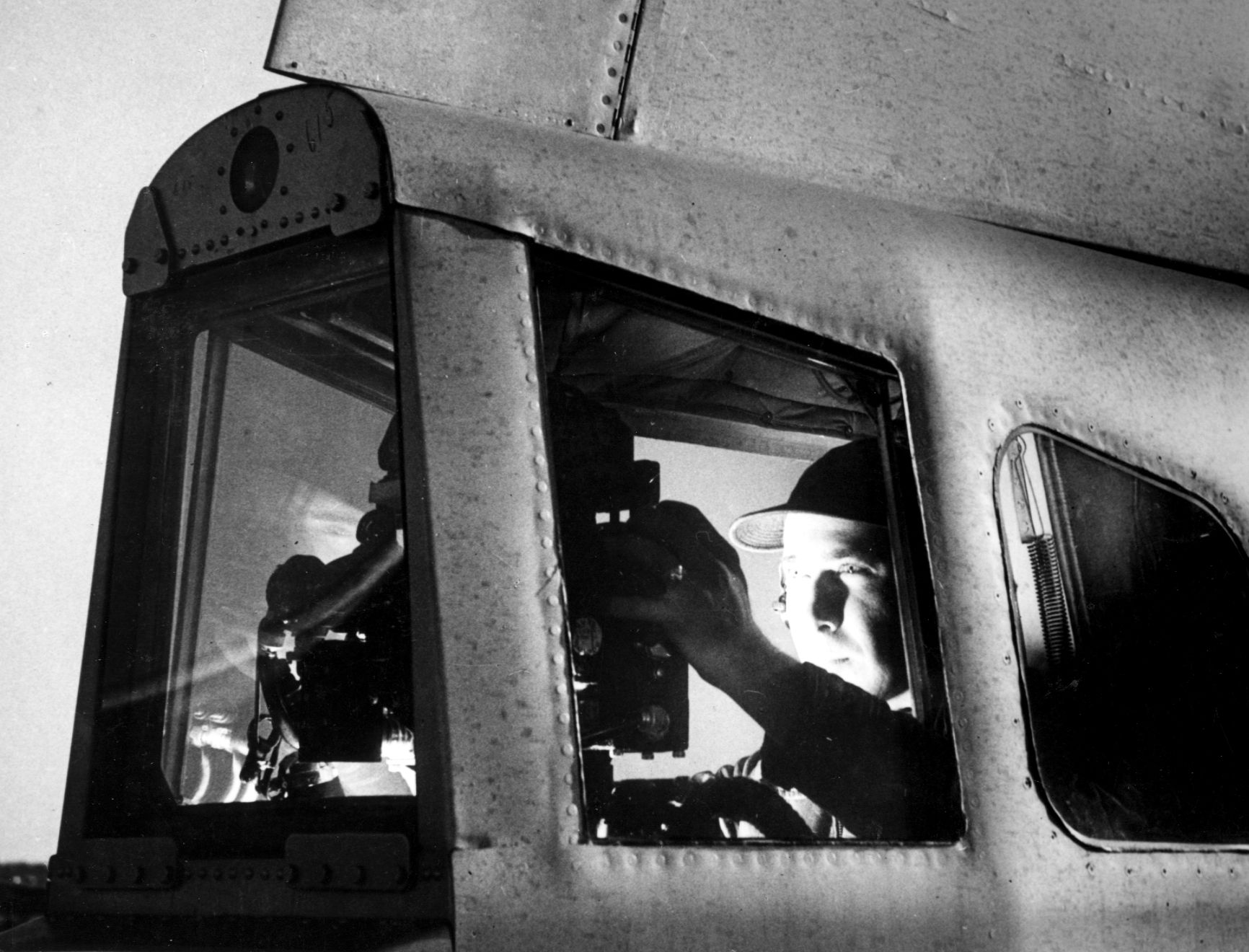
“Just ahead was a circular steel door. It opened toward me. I crawled in, closed the door, and stood up in a cubicle just big enough for me to turn around in comfortably. The walls here were also padded.
“I shook my head with approval. Compared to the cramped, drafty B-24 ball turret used in training, the tail position on the B-29 was downright spacious.”
Doty learned the tail gunner’s job, joined a B-29 crew, and flew to Guam to join the 19th Bombardment Group. On March 30, 1945, his crew flew its first mission, a tough one against Japan’s Mitsubishi aircraft works in Nagoya. That was the mission on which Doty fired upon a Zero fighter that passed through his formation.
Two weeks earlier, on the night of March 9, 1945, U.S. strategy took a dramatic turn when bomber commander Maj. Gen. Curtis E. LeMay struck Tokyo at low level, at night, with 346 Superfortresses carrying incendiary bombs. For two hours, B-29s filled the night sky over the Japanese capital. The raid leveled 16 square miles of the city, and 84,000 people died. Holding a secret inside his head about yet another weapon soon to come, LeMay could not fly the mission, so Maj. Gen. Thomas Power led it. Historical records indicate that when he shifted to low level, LeMay removed all armament except the tail guns from B-29s. However, Doty’s group on Guam never dispensed with any of its guns.
Nor was every moment of each mission characterized by grimness. “Some of my most pleasant experiences of the war have to do with the hours spent with the other gunners in the waist, returning home after a mission,” Doty said. “Once bombs were dropped, the airplane was lighter and happier, engines purring. The afternoon sun streamed into the ship as we listened to music, ate a packed lunch (with the inevitable canned fruit cocktail), and unwound. I can still hear Charley Barnett’s ‘Pompton Turnpike’ in my headset as we cruised home.”

Doty flew a firebomb mission to Tokyo near the end of April. By then, the B-29 was laying waste to Japan’s military installations, industry, and cities.
When President Franklin D. Roosevelt died in April 1945, news Doty learned via radio while on a mission, his successor, President Harry S. Truman, learned that American scientists in New Mexico were developing a new weapon. In May 1945, when a remarkable 54 Superfortress missions were mounted, Allied commander General Douglas MacArthur finalized plans to invade Japan. The first phase, Operation Olympic, called for amphibious landings on Kyushu in November 1945. The second, Operation Coronet, was projected for March 1946, with an amphibious assault on the beaches of Kanto Plain near Tokyo. Five million men (25 times the number at Normandy) would assault the Japanese homeland. Meanwhile, the B-29-equipped 509th Composite Group under Colonel Paul W. Tibbets was in training to use the secret weapon that LeMay had already been briefed on.
Doty almost never saw it happen. Coming off the Japanese coast following a June 7, 1945, strike on Osaka, Doty looked down to his far lower right and spotted a twin-engine fighter popping up above cloud cover, then dropping into the clouds again, stalking Doty’s B-29. Doty recognized it as a Nakajima J1N1 Gekko “Moonlight,” known to the Allies as an Irving. The intercom aboard the B-29 was meant to be used sparingly, but Doty knew it was time to speak up.
“Tail to crew,” said Doty. “A fighter just came out of the clouds at seven o’clock and dropped back in. Get ready.”
Doty entered the Irving’s known wingspan of 56 feet (17 meters) into his gunsight. The all-black Irving abruptly popped up a few thousand feet to the rear, climbing rapidly.
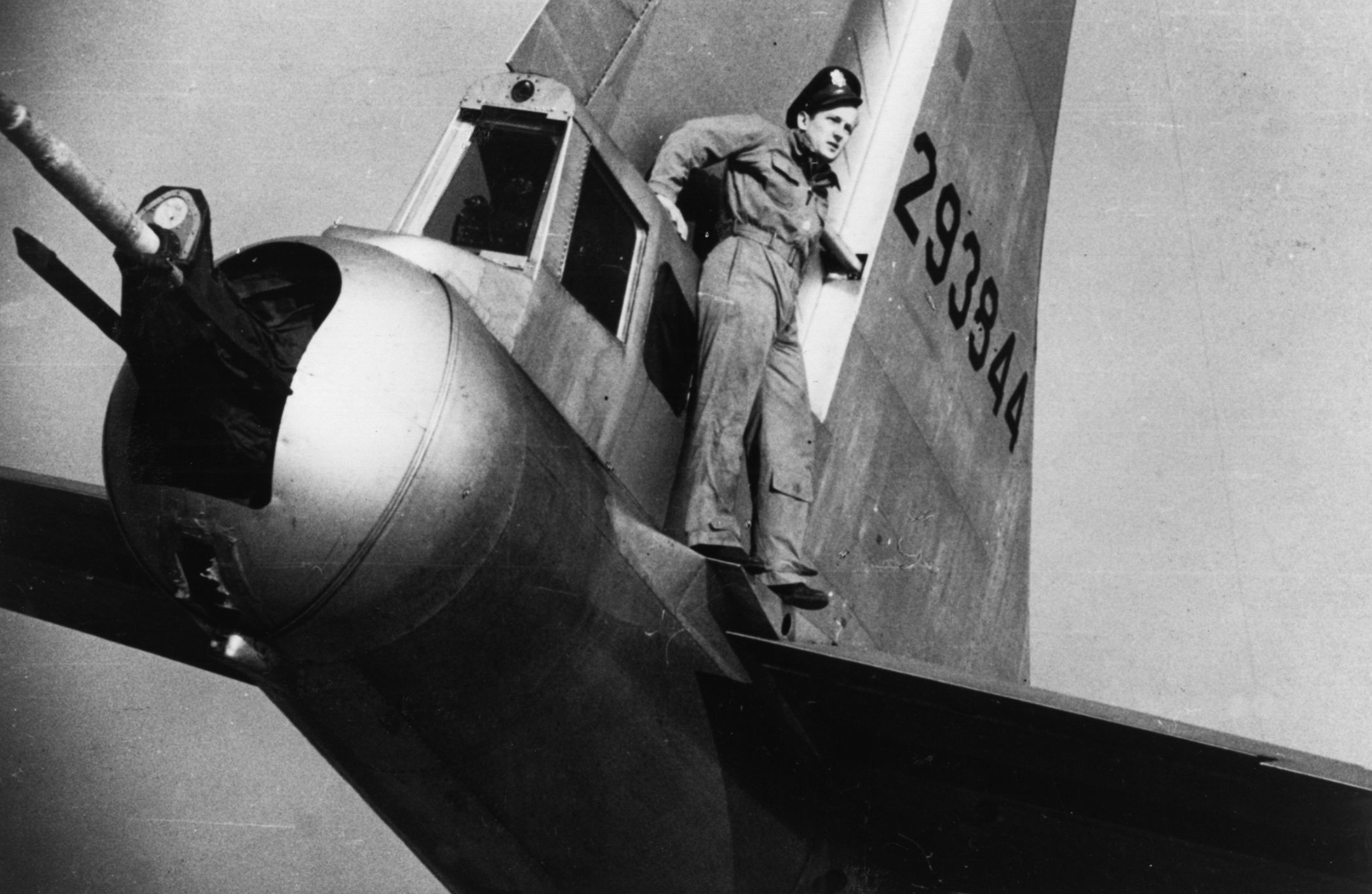
“Five o’clock, low!” Doty said, He began squeezing off bursts just as the Irving opened fire. While glowing tracer rounds whipped past, Doty kept adjusting his aim and firing new bursts. He saw the sparkle of his bullets striking the Irving’s left engine. Still, the all-black fighter was shooting at him—until the Japanese pilot veered sharply and fell back toward the cloudbank, spewing black smoke. Doty was not credited with an aerial victory and does not know whether the Japanese pilot survived.
He also doesn’t know whether the Irving shot down his B-29. Did his hits cause fuel to leak? That is not clear, but as the B-29 drew farther from Japan and closer to Guam, it became clear the bomber did not have enough fuel to get home. By then, the bomber had also passed the point where it could divert to Saipan.
“The bail-out bell began ringing,” Doty recalled. “I unplugged my headset, unsnapped my throat microphone, and opened the escape window. The air whipped by in a fearsome roar. As I moved to dive out, I could not. I was caught by the life raft strap, which had become snagged in the folded seat. I felt a wave of panic and began tugging desperately at the strap. It would not come loose. The bell kept ringing. I thought of cutting the strap with my knife but told myself to calm down to work the strap free. I unfolded the seat, slid it back down, and released the strap. I pushed the seat up and went out the window…”
Doty and several others from his crew survived parachuting into the sea and spending a night in life rafts before being rescued. Three members of the B-29 crew lost their lives. It remains unclear whether the fuel starvation that led to the loss was caused by gunfire from the Irving.
Being shot down was grounds for a brief furlough to Hawaii. After that, Doty resumed flying missions. Now, even enlisted B-29 crewmembers were hearing rumors of a new weapon being developed.
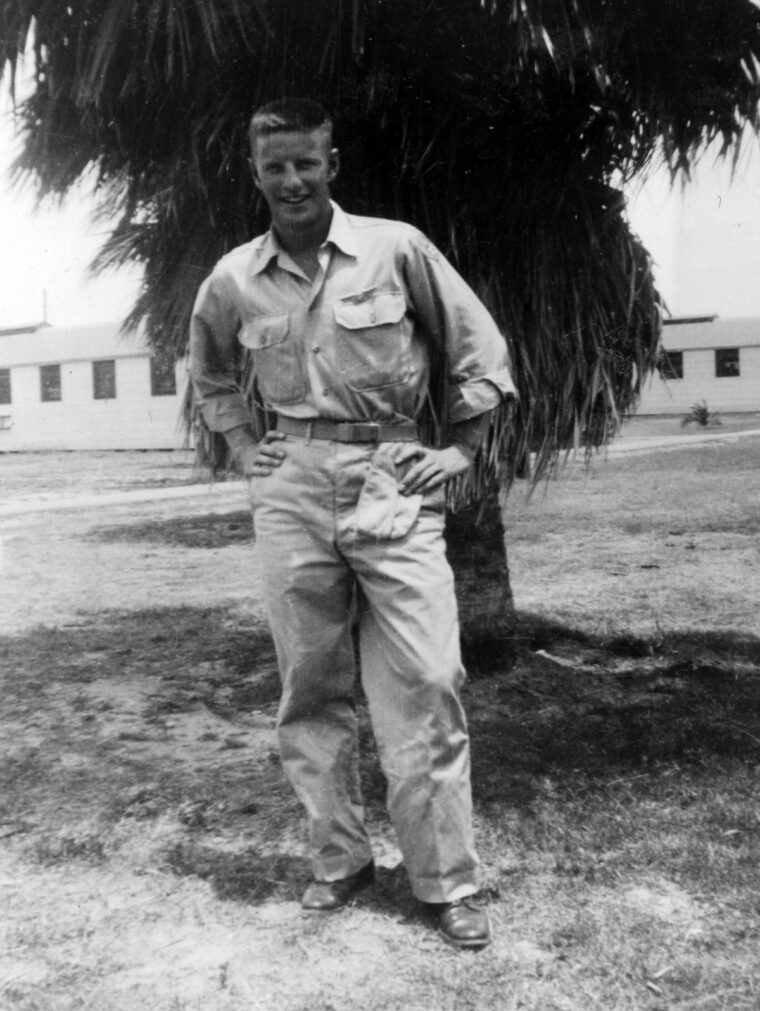
U.S. scientists detonated the first atomic device in the New Mexico desert on July 16, 1945. The 18.6-kiloton, tower-mounted device, equivalent in destructive power to 18,600 pounds or 8,436 kilograms of TNT, was a ball-shaped prototype of the “Fat Man” plutonium bomb later dropped on Nagasaki. The gun-type uranium bomb dropped on Hiroshima, the “Little Boy,” was never tested.
On the night of August 5, 1945, crews began loading the “Little Boy” aboard Tibbets’ B-29, the Enola Gay. The bomb detonated at 1,800 feet (550 meters) above Hiroshima, an altitude calculated to make the most of the blast effect. Seventy thousand people, including some American prisoners of war, died.
On August 9, Major Charles W. Sweeney took off from Tinian in Bock’s Car, carrying the “Fat Man” plutonium bomb. Bock’s Car skipped its primary target, the industrial city of Kokura, and bombed the port of Nagasaki, killing about 35,000. Japan surrendered on August 15, 1945.
Andy Doty and his fellow B-29 crewmembers, most of whom were aerial gunners, know they made a contribution. B-29s dropped 104,000 tons of bombs on Japan and reduced to rubble 169 square miles in 66 cities. Between June 1944 and August 1945, B-29 crews flew 380 missions, mounted 27,611 bombing sorties, were credited with shooting down 871 Japanese aircraft, and lost 402 bombers. The April 1945 firebomb raid on Tokyo inflicted the greatest damage of any raid in history; the Hiroshima and Nagasaki raids were less effective but had historic psychological impact. Never before occupied by a foe, Japan was defeated without an invasion—thanks to the B-29.
Doty flew 21 combat missions, including firebomb raids on Tokyo, Nagoya, and Sapporo. Like many “citizen soldiers,” he was discharged shortly after war’s end. n
Robert F. Dorr is an Air Force veteran, a retired U.S. diplomat, and author of the book Air Force One, a look at presidential aircraft and air travel.


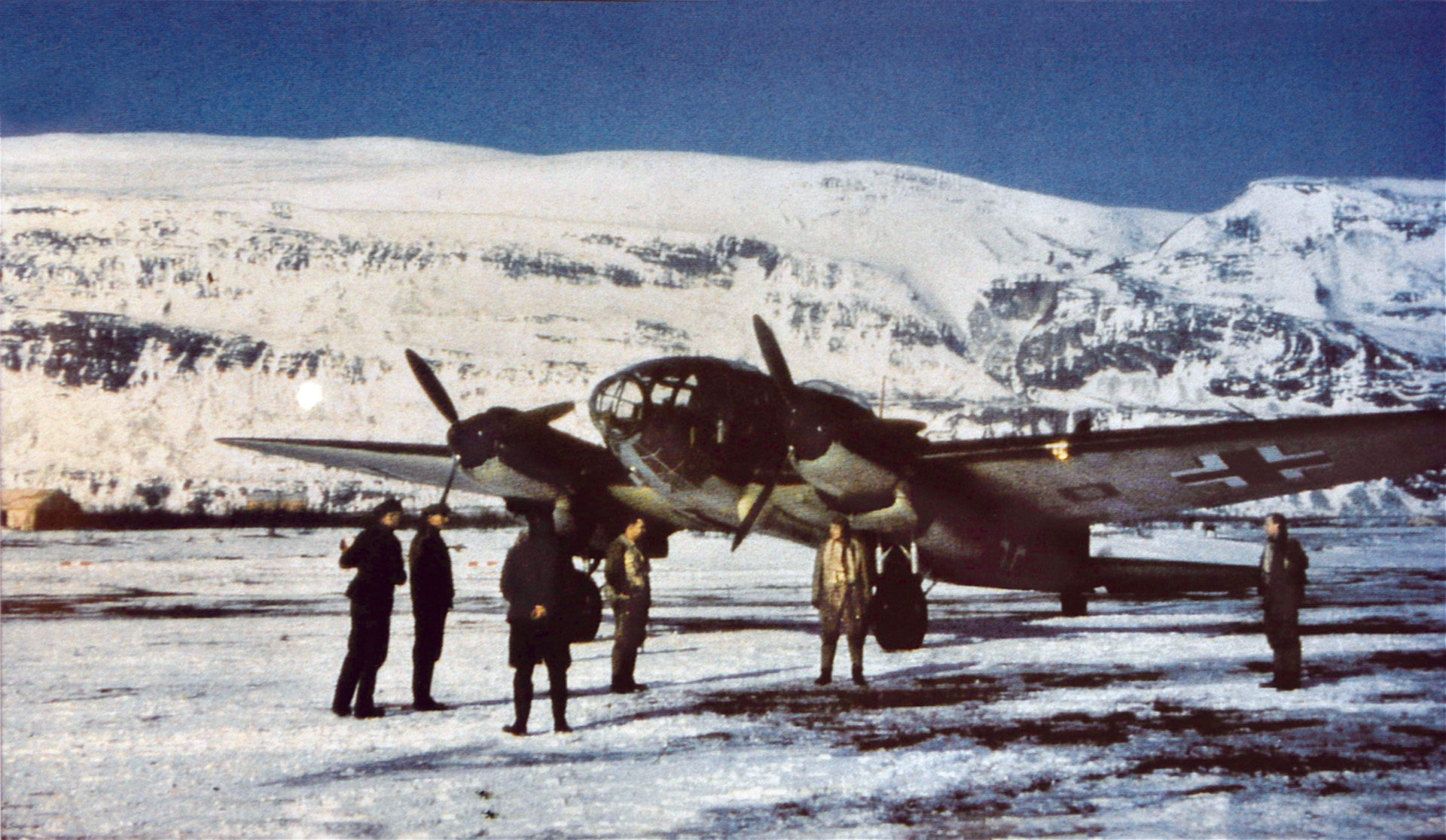
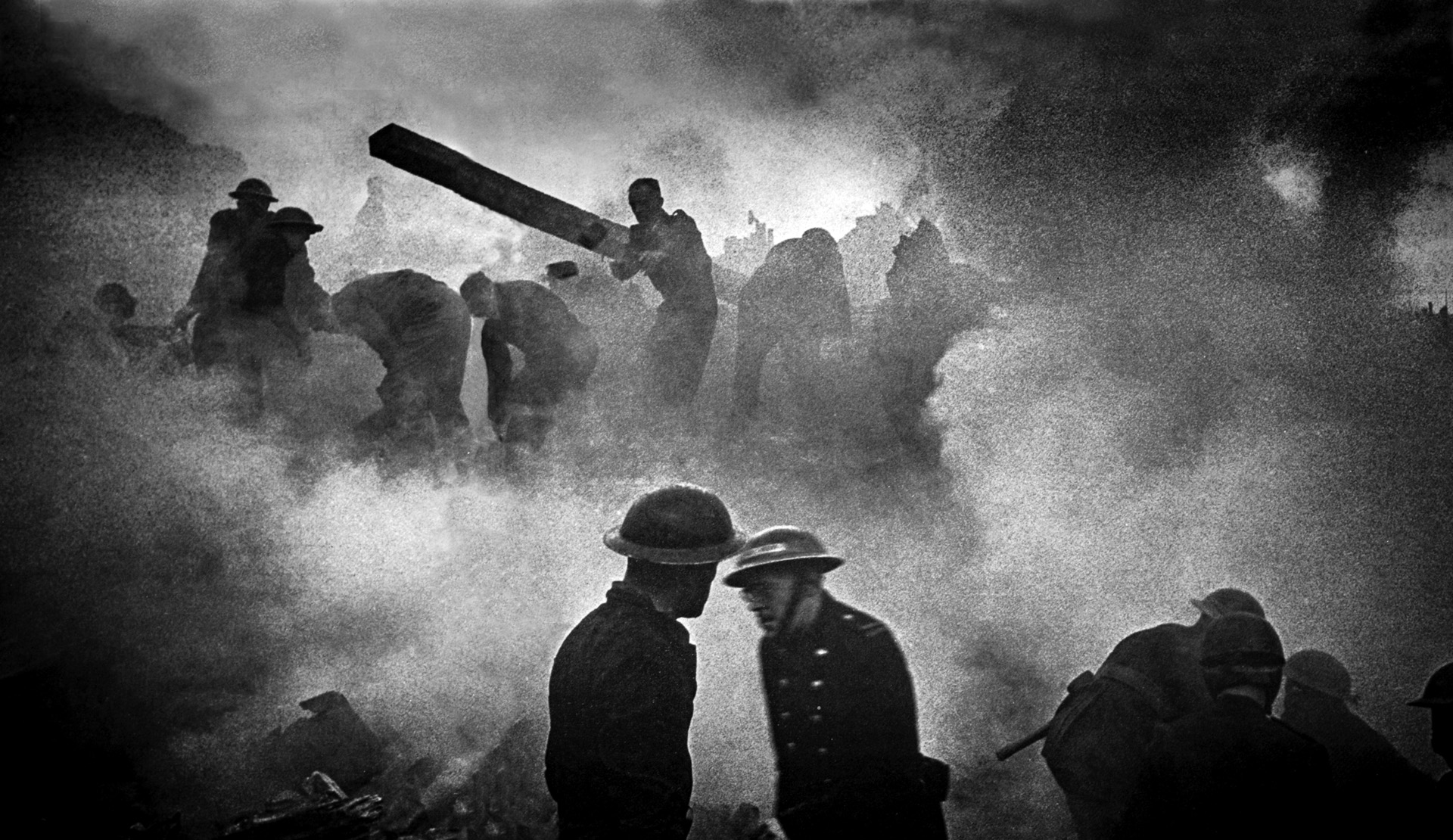
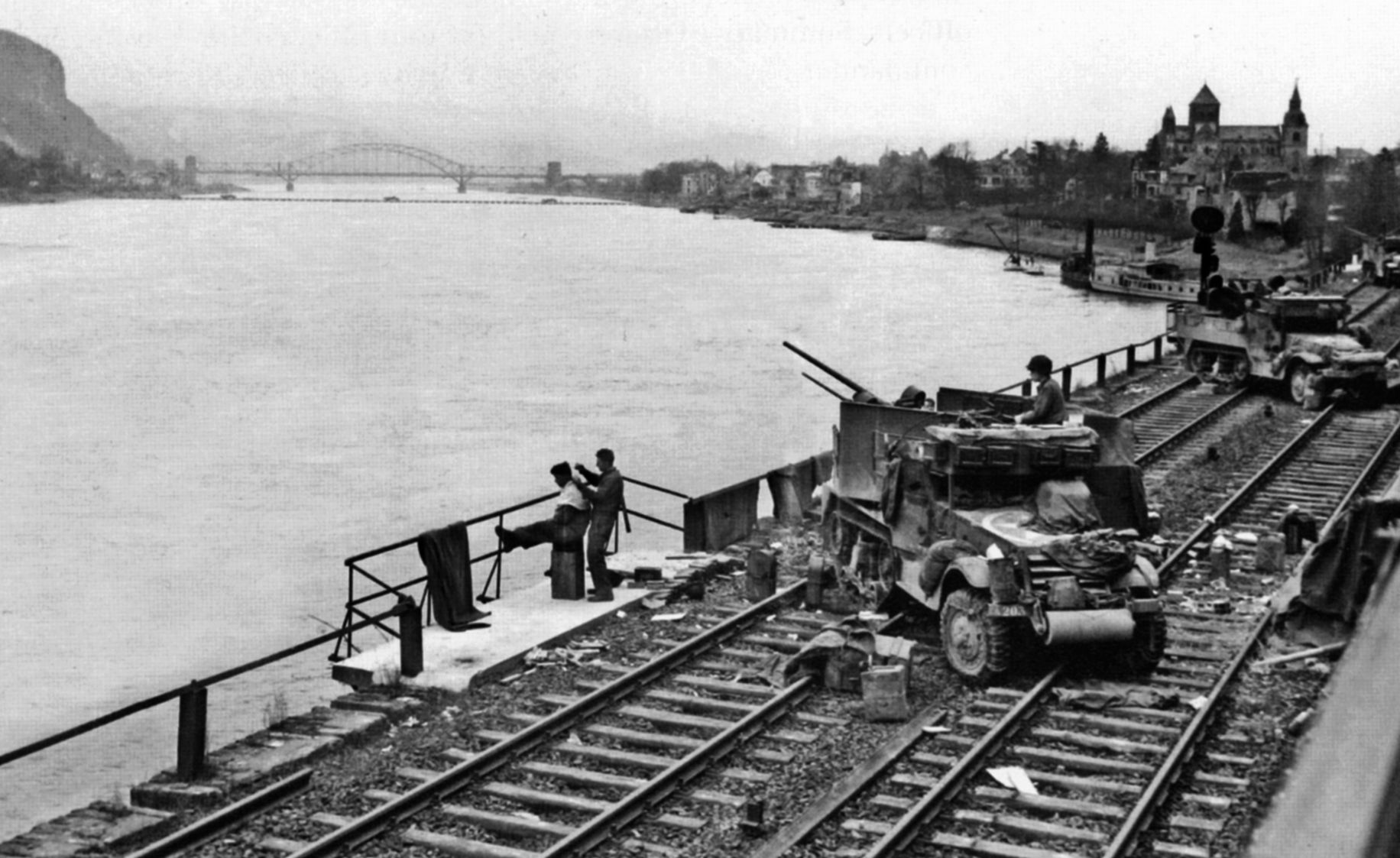
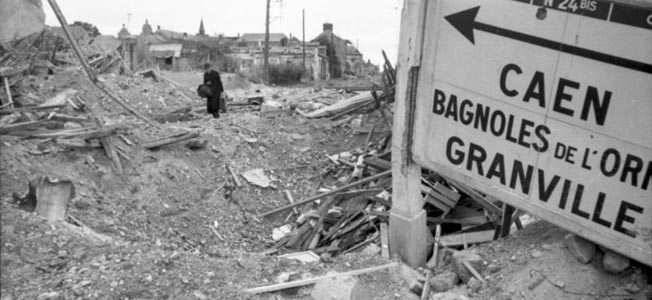
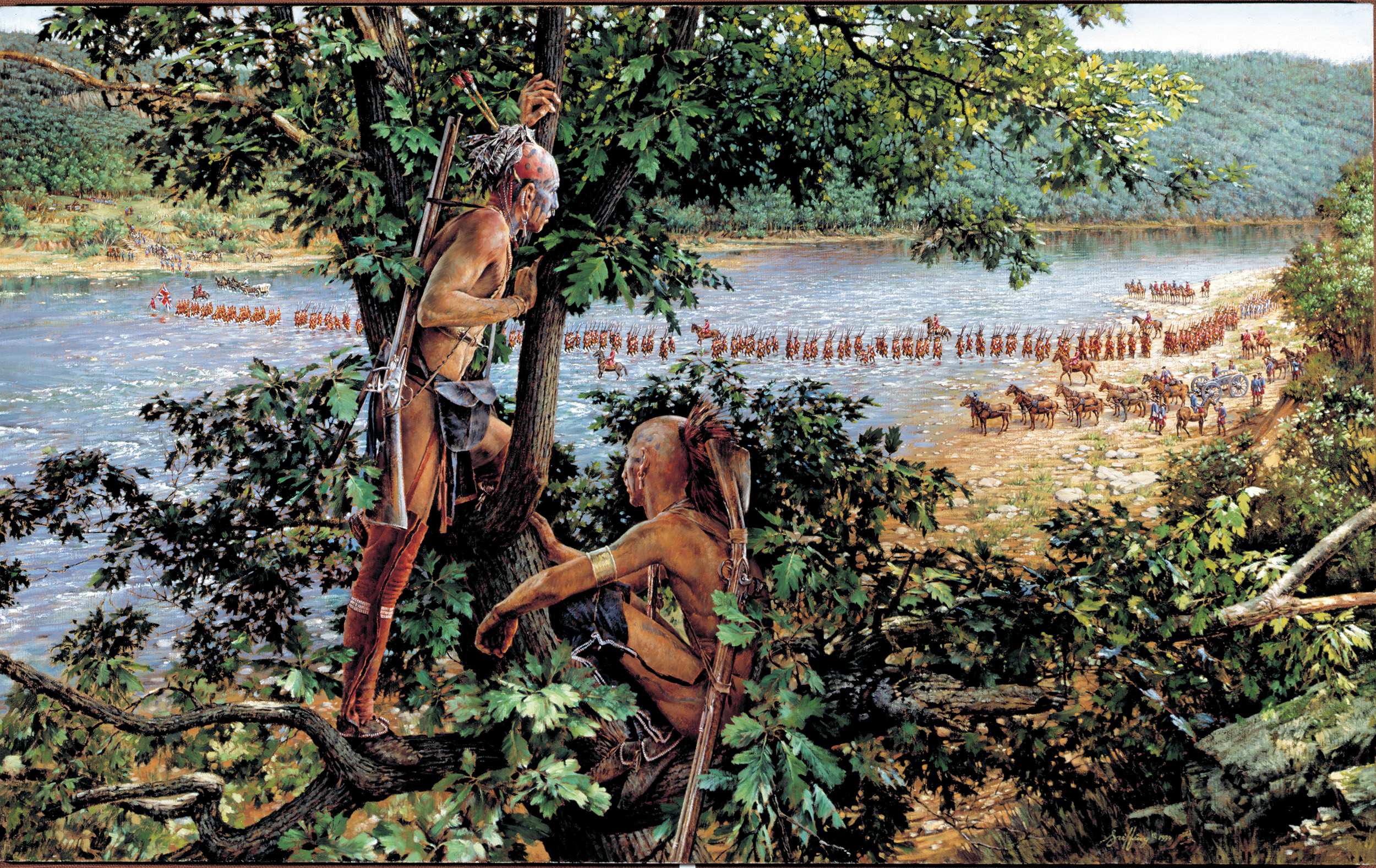
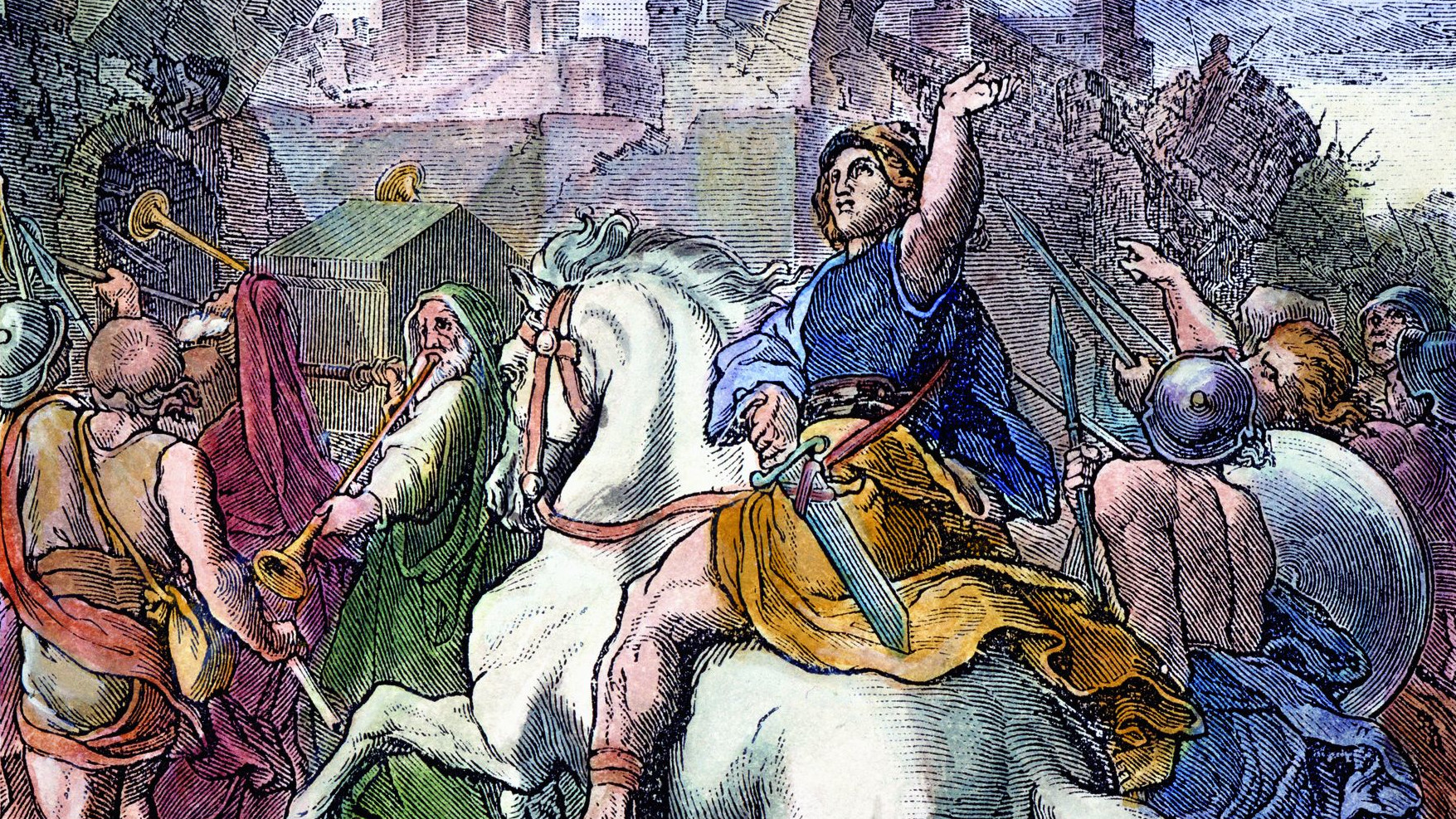
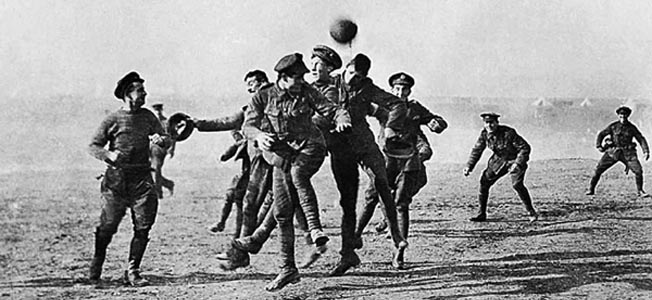
18.6-kilotons is equal to 18.6 tons of TNT, not pounds.